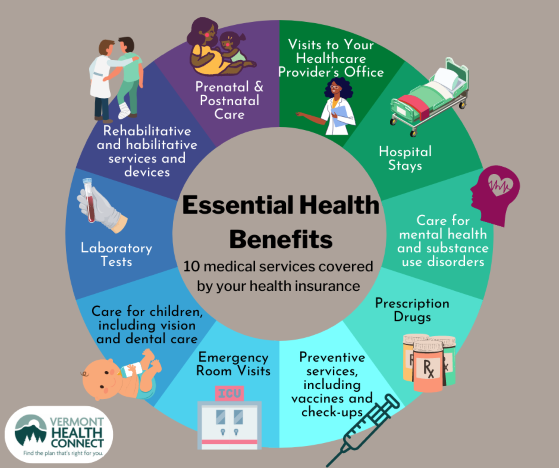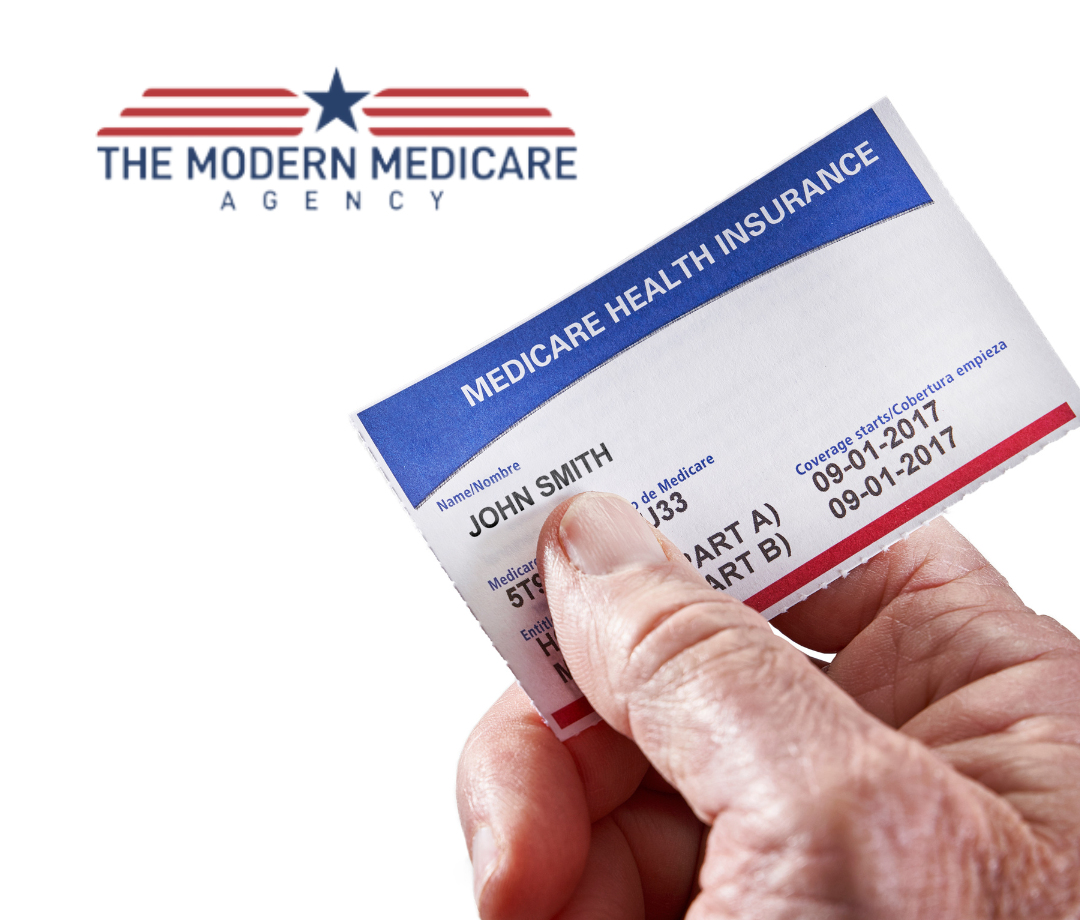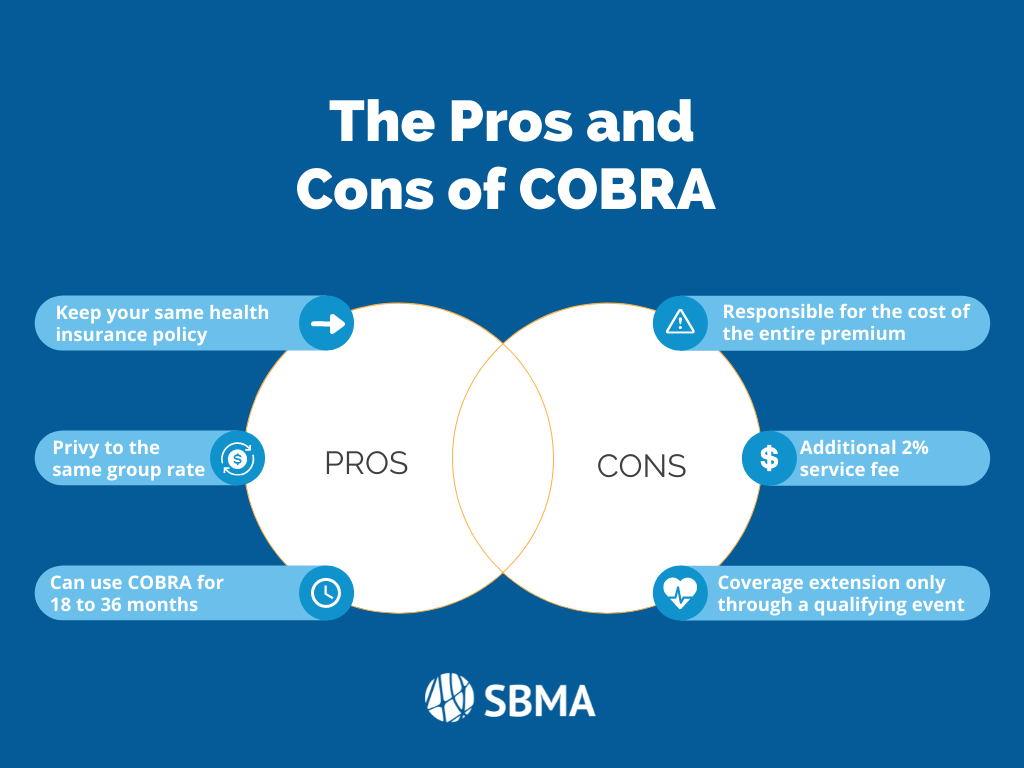Medicare Advantage Agent Fundamentals Explained
Medicare Advantage Agent Fundamentals Explained
Blog Article
Medicare Advantage Agent Can Be Fun For Everyone
Table of ContentsEverything about Medicare Advantage AgentThe Basic Principles Of Medicare Advantage Agent Unknown Facts About Medicare Advantage Agent


follows from complies with the puzzling young age profile of account uninsured with without insurance better healthMuch better wellness average, of younger personsMore youthful For those without accessibility to work environment wellness insurance, bad health is a possible obstacle to purchasing nongroup coverage due to the fact that such insurance coverage may be very valued, leave out preexisting conditions, or be merely unavailable. Unless otherwise noted, nationwide quotes of individuals without health and wellness insurance coverage and proportions of the populace with different kinds of coverage are based on the CPS, the most widely made use of resource of estimates of insurance protection and uninsurance rates.
Not known Facts About Medicare Advantage Agent
Over a three-year period starting early in 1993, 72 million individuals, 29 percent of the united state population, lacked insurance coverage for a minimum of one month. Within a solitary year(1994), 53 million individuals experienced a minimum of a month without insurance coverage(Bennefield, 1998a). Six out of every 10 without insurance adults are themselves employed. Although functioning does improve the likelihood that one and one's relative will have insurance, it is not a warranty. Even members of families with 2 full-time breadwinner have virtually a one-in-ten possibility of being without insurance (9.1 percent without insurance rate)(Hoffman and Pohl, 2000 ). The relationship between medical insurance and accessibility to care is well established, as documented later on in this phase. Although the partnership in between health insurance coverage and wellness outcomes is neither direct neither simple, a considerable clinical and wellness services research literature links health and wellness insurance coverage
to enhanced access to care, better high quality, and enhanced personal and population health and wellness standing. The 2nd record, on personal health outcomes for uninsured adults, is stood for by the innermost circle of the figure, while the 3rd report, on family members wellness, encompasses the topics of the second record however stresses a various device of analysis, particularly, the family. The 6th report in the series will certainly present details concerning methods and initiatives taken on locally, statewide, or nationally to address the absence of insurance coverage and its unfavorable impacts. Levels of evaluation for examining the impacts of uninsurance. This discussion of medical insurance coverage concentrates mainly on the united state population under age 65 due to the fact that essentially all Americans 65 and older have Medicare or other public insurance coverage.
Furthermore, it concentrates particularly on those without any kind of medical insurance for any type of length of time. The issues dealt with by the underinsured are in some aspects similar to those dealt with by the uninsured, although they are generally much less severe. Uninsurance and underinsurance, however, include clearly different policy concerns, and the techniques for resolving them might differ. Throughout this research study and the five records to follow, the main focus is on individuals without wellness insurance and hence no help in paying for healthcare beyond what is available via charity and safety and security web establishments. Health and wellness insurance is a powerful variable impacting invoice of care because both clients and physicians reply to the out-of-pocket price of try this out services. Health insurance coverage, nevertheless, is neither essential nor enough to get to clinical solutions. Nonetheless, the independent and straight result of health and wellness
insurance policy coverage on access to health solutions is well developed. Others will certainly get the healthcare they need also without medical insurance, by paying for it out of pocket or seeking it from service providers who use treatment complimentary or at highly subsidized prices. For still others, medical insurance alone does not make certain receipt of care as a result of other nonfinancial obstacles, such as a lack of healthcare service providers in their neighborhood, restricted accessibility to transportation, illiteracy, or etymological and cultural distinctions. Formal study regarding without insurance populations in the USA dates to the late 1920s and early 1930s when the Committee on the Price of Medical Treatment produced a series of reports about financing medical professional workplace check outs and hospitalizations. This problem became prominent as the numbers of clinically indigent climbed up throughout the Great Clinical depression. Empirical researches regularly support the link between access to care and enhanced health and wellness end results(Bindman et al., 1995; Starfield, 1995 ). Having a normal resource of treatment can be taken into consideration a forecaster of gain access to, instead of a straight procedure of it, when health outcomes are themselves utilized as access signs. This extension of the notion of gain access to measurement was made by the IOM Board on Keeping Track Of Access to Personal Healthcare Services(Millman, 1993, p. Whether moms and dads are guaranteed appears to influence whether their youngsters obtain treatment along with exactly how much careeven if the youngsters themselves have protection(Hanson, 1998). The health of moms and dads can impact their capacity to take care of their youngsters and the degree of household anxiety. Fretting about their kids's access to care is itself a resource of tension for moms and dads. Three chapters comply with in this record. Chapter 2 offers a review of exactly how employment-based medical insurance, public programs and individual insurance coverage operate and interact to provide substantial yet incomplete insurance coverage of the U.S. populace. This consists of a review of historic fads and public laws affecting both public and personal insurance coverage, a conversation of the communications among the different sorts of insurance, and an evaluation of why individuals move from one program to one more or end up

Report this page